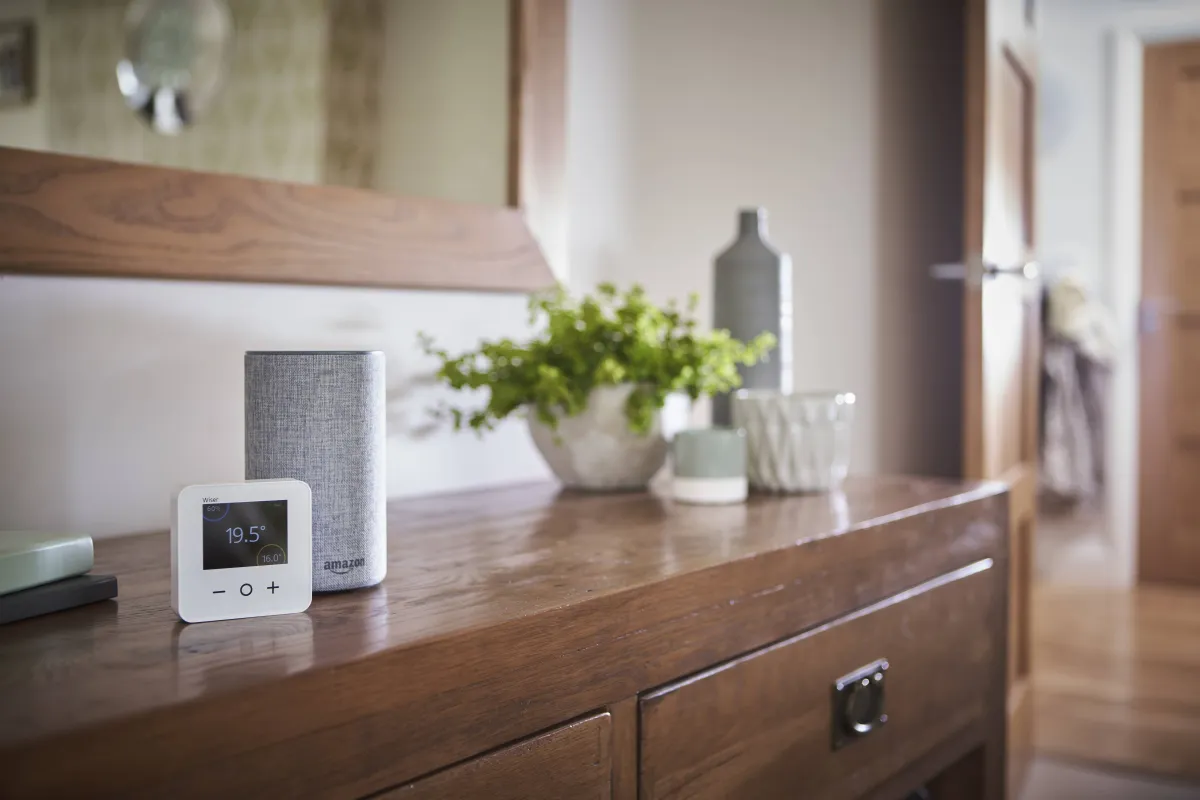Part L of the Building Regulations
What is Part L?
Approved Document L (Part L), conservation of fuel and power, sits within England’s Building Regulations. Part L sets the standards for the energy performance of new and existing buildings, and for dwellings and commercial buildings. It was created to help with achieving England’s net zero targets by decarbonising buildings.
The Regulations and accompanying Approved Documents were amended in June 2022 and have been designed to prepare for the 2025 Future Buildings Standard. The Approved Documents are divided into part L1(a), which covers new builds, and part L1(b), which covers retrofitting existing buildings.
The standards required for Part L are different to the standards required in Scotland, Wales and Northern Ireland.
How does this impact heating controls?
The key requirement for buildings that must be met through heating controls, states: “Reasonable provision shall be made for the conservation of fuel and power in buildings by providing fixed building services which have effective controls”. There are specific requirements detailed within Part L for controls on system controls and zoning, thermostatic room controls, and controls in existing heating and hot water systems.
A key requirement from the 2022 changes to Part L states that when a replacement heating system is installed, every room will require thermostatic room controls. The thermostatic room controls can consist of TRVs, thermostats, programmers, boiler interlocks, cylinder thermostats or independent hot water time controls. These controls must be able to separately change the heating output in each room, creating zoning.
Information for installers
Building work must meet all relevant requirements of the Building Regulations, with Part L giving suggestions of how to enforce the Building Regulations. If the Regulations are not met, responsible parties may be prosecuted, including designers, builders, installers and the building owner.
When the Regulations were updated in 2022, it brought about some additional changes that installers will need to meet:
- Heat loss calculations are required for every room in a dwelling, rather than just for the dwelling itself, when installing all heating system types.
- Heating systems must have a maximum flow temperature of 55 degrees, compared to the previous standard of 80 degrees.
- Minimum energy efficiency for heating systems has been set at 92% ErP for gas boilers and a SCOP of 3.0 for heat pumps.
